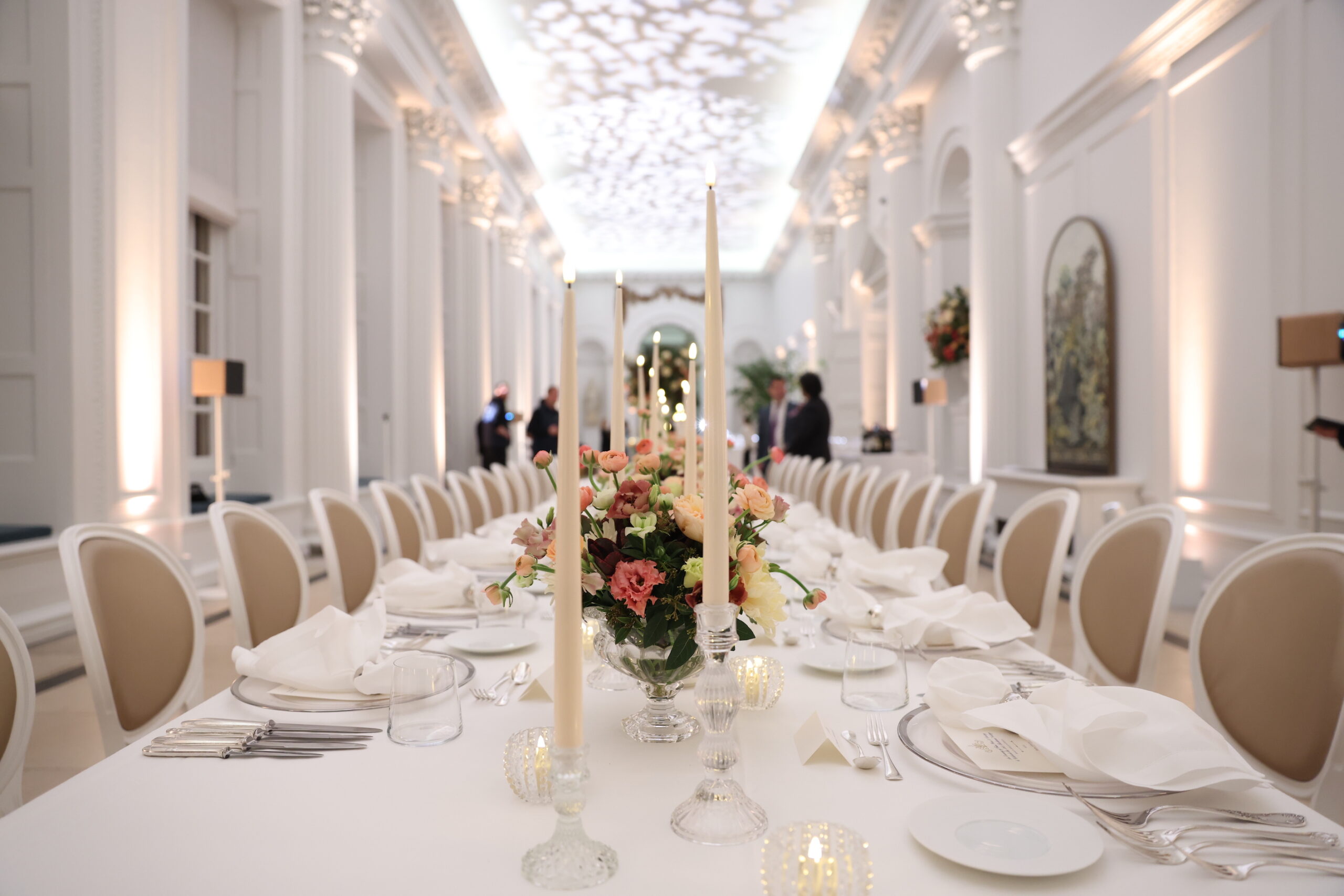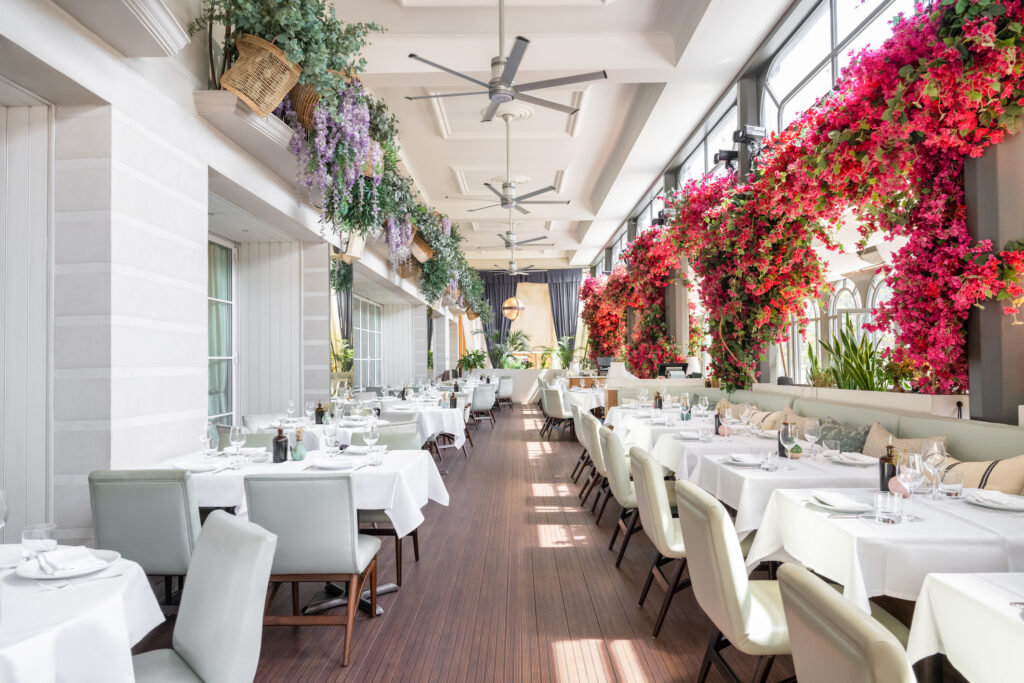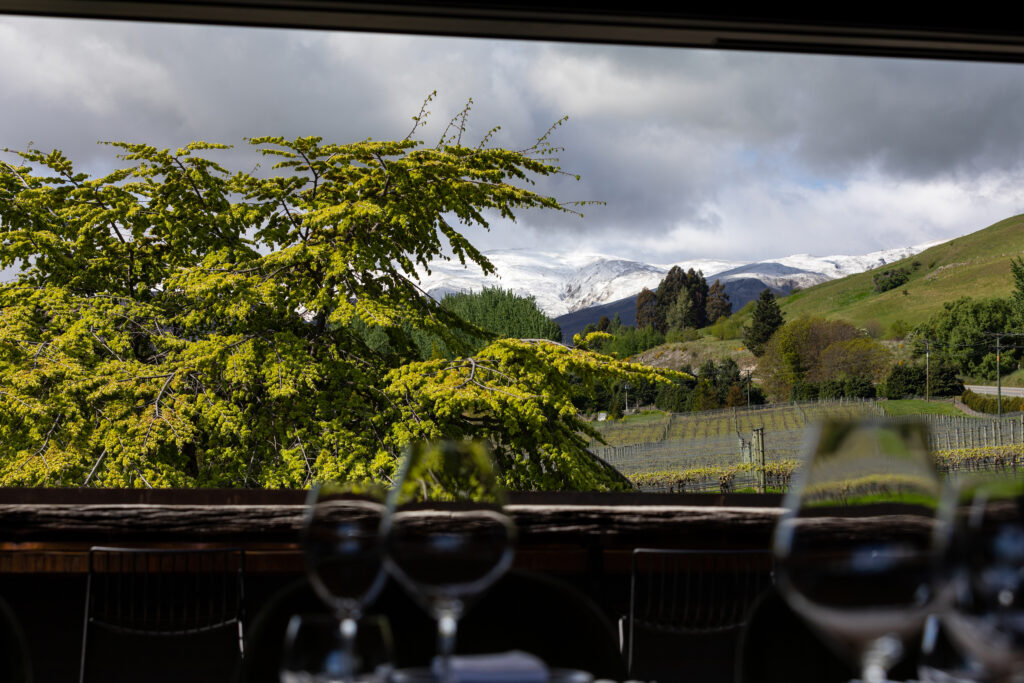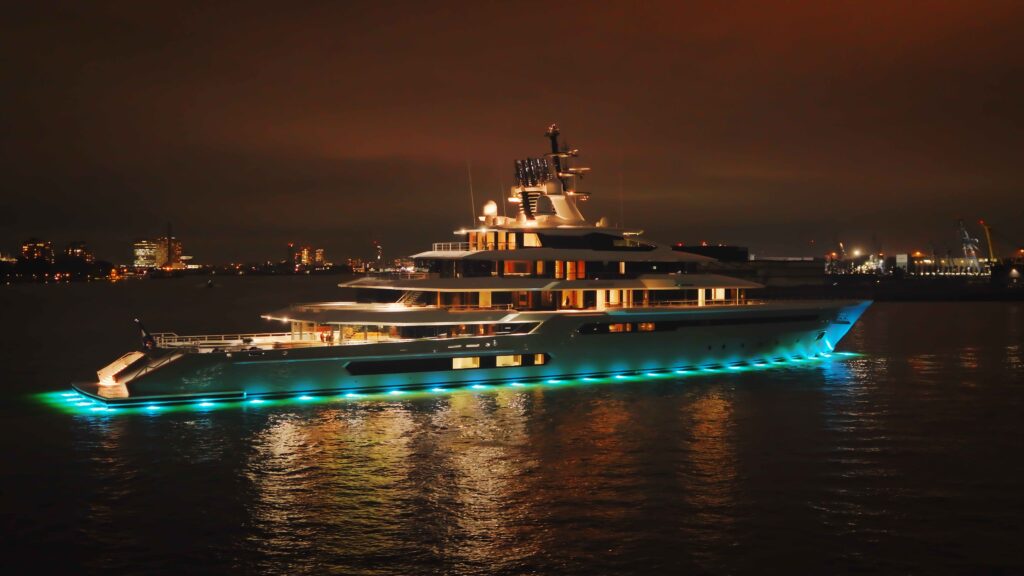Join our wine expert as he charts his journey through this once-in-a-lifetime celebration of Bordeaux’s storied 1945 vintage.
Prelude — A Collector’s Dream Realised
There are celebrations—and then a handful of evenings that become unforgettable milestones, bending the idea of “event” into collective memory for every guest present. On this occasion, Arif Babayev—London’s discreet but visionary wine collector and his wife Kubra—assembled a pantheon of illustrious estates. These included Château Haut-Brion, Château Margaux, Château Lafite Rothschild, Château Mouton Rothschild, and Château Latour—the famed Left Bank First Growths. He also brought together Château La Mission Haut-Brion, Château Cheval Blanc, and First Growth Supérieur, Château d’Yquem.
Joining them were estate owners and winemakers, celebrated sommeliers, and even a Royal Prince, all gathered to honour the immortal 1945 Bordeaux vintage. This was a year whose resonance echoes through cellars and hearts globally. The Orangery at Kensington Palace shimmered with anticipation on a late October evening, its gilded ceilings and candlelight framing eight estates whose rarity rendered the premise almost fantastical.
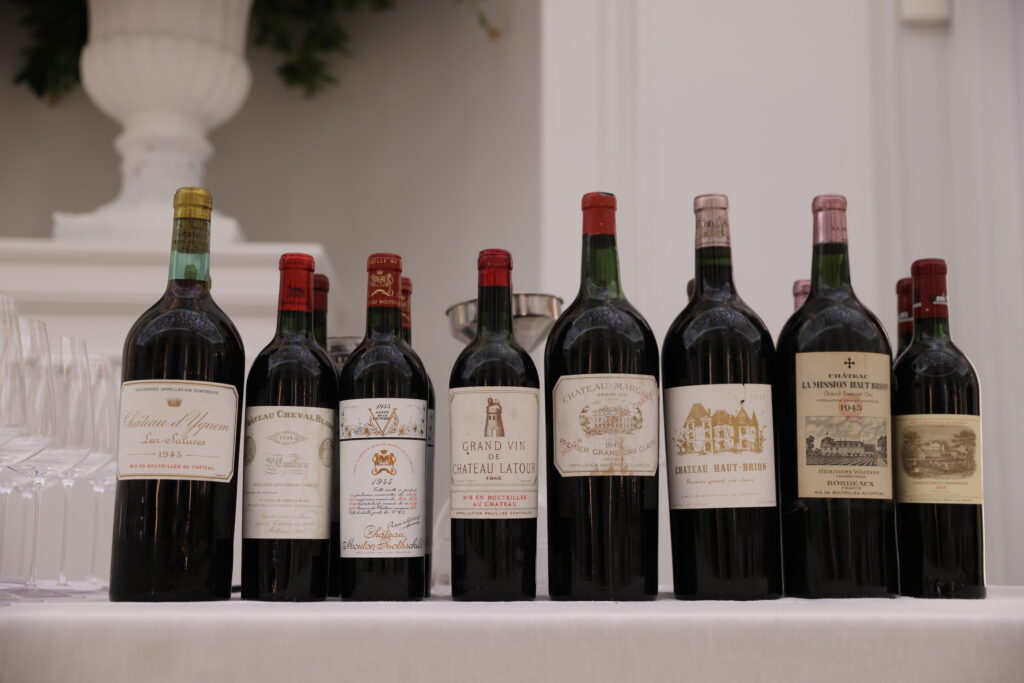
The 1945 Lineup — A Living Legacy
To call the bottles “iconic” would be an understatement: each is a touchstone for collectors, each born in a year that marked both the end of war and the dawn of hope in France and the rest of the world. Attending vignerons representing each estate set the stage for each wine, sharing insights that deepened the aura around every pour.
“The significance of 1945 in Bordeaux transcends mere viticulture. Each bottle from this year is a fabled treasure for collectors, symbolising both the beginning of hope in war-torn France and a defining moment for the estates themselves. Today, as we celebrate the peace brought to Europe in 1945, let it stand as a reminder to us all in these uncertain times. For the first time, every Left Bank First Growth and top Right Bank Château assembled in one room—an unprecedented tribute to an epochal vintage,” Arif Babayev declared as we sat down for what would be an extraordinary evening.
The Dinner — Random Pairings, Timeless Bonds
Chef Jonny Lake of 2-star Michelin Trivet crafted a menu whose understated elegance elevated icons in liquid form. Plates reflected both technical brilliance and culinary restraint, allowing wine, history, and harmony to shine in the Orangery’s golden setting.
Eschewing convention, wines were assigned by lottery, lending an air of playful democracy and chance to the proceedings—mirroring the historical quirks that assured these bottles’ survival. This injection of serendipity animated the table, dissolving hierarchies and making every glass a shared revelation.

Tasting Notes — 1945 Bordeaux Greats Unveiled
The 1945 vintage, marked by a warm, dry growing season and concentrated yields due to frost, gifted Bordeaux wines with unparalleled depth and balance. The vintage stands out for its unique combination of historical significance, dramatic weather, and legendary wine quality.
By dint of lottery, the tasting began with Château Haut-Brion, which astonished with its browning light ruby hue, surprising freshness and a nose free of earthiness but rich with jasmine and delicate petals. The palate was ethereal—light, persistent, and hauntingly elegant.
Château Cheval Blanc, presented a noticeably deeper hue. My pour, coming from the end of a bottle, revealed profound earthy-mushroom and Bovril tones. Even so, the wine offered impressive depth across the mid-palate, finishing with fresh acidity and a memorable lift. It’s likely that a glass drawn from another part of the bottle would have shown Cheval Blanc’s renowned expressiveness even more fully among this distinguished company.
Moving on to Château Margaux, the colour was beautifully radiant, with a nose alive with cigar ash, mushroom consommé, and red flowers. The mouthfeel was impossibly elegant and silky, carrying great length that left a lasting impression—equal or even superior to Château Haut-Brion, and supremely fine. Alexandra Petit Mentzelopoulos reflected, “I have never had the chance to taste this vintage, so even for me, it’s a moment I shall never forget.”
The glass of Château La Mission Haut-Brion was strikingly dark, prompting animated debate as to how it could show such an intense hue. On the palate, it offered a great mid-section with lively acidity, some fruit still present, and impressive length.

The Château Lafite Rothschild was bright and radiant, its superb nose evocative of consommé and layered secondary notes while still showing a strong core of cherry fruit. The fresh acidity and lovely length delighted. One glass, in particular, lifted with aromas of leather and flowers—chrysanthemum and lily—presenting big and fresh on the palate, slightly outweighing the others for some tasters. “We must remember that Pauillac was completely destroyed at the time of this vintage, no care and attention had been undertaken in the vineyards for most of the war, and the frost had ensured that the vintage was very small, but very great,” explained the representative of the Château.
With Château Mouton Rothschild, the signature nose of mint and eucalyptus, beef extract, and After Eight chocolate defined its character. The palate was big and spicy, while the finish stood apart with a distinct structure and expression among its peers. On this momentous occasion, the representative of the Château shared how the famed Baron Philippe de Rothschild, took inspiration from Winston Churchill’s “V for Victory” gesture in WWII. To honour both that moment and the extraordinary 1945 vintage, Baron Philippe commissioned a young artist, Philippe Jullian, to design the now-iconic label emblazoned with the “V”—setting the tone for one of the most celebrated wines in history.
Château Latour exuded power and composure—cedar, leather, and minerals—a wine as taut and complete as history itself. “One of the smallest vintages at the estate, but one that everyone knew at the time would be legendary,” elicited Jeremy Cukierman MW on behalf of Château Latour.
The sweet conclusion came in the form of Château d’Yquem from magnum and my WOTN (‘Wine Of The Night’) nomination—presented in a blue bottle due to quality glass shortages in 1945 and poured copper-brown, its caramel, spice, cardamom, and floral bouquet lifted the nose. On the palate, the pronounced sugar was brilliantly matched by vibrant acidity, leading into complex notes of almond paste and choux pastry on a long, persistent, deeply moreish finish. This was an utter wow wine. (The same from a 75cl bottle distinguished itself as less refined, sweeter, and more direct, yet lacked some of the magnum’s subtlety.)
“We made six passes in the vineyards in 1945, the most in our history, which perhaps explains the complexity and completeness in this wine. It was also the highest ever sugar content reached in the vineyards at 164 grams per litre,” head winemaker Lorenzo Pasquini told us.
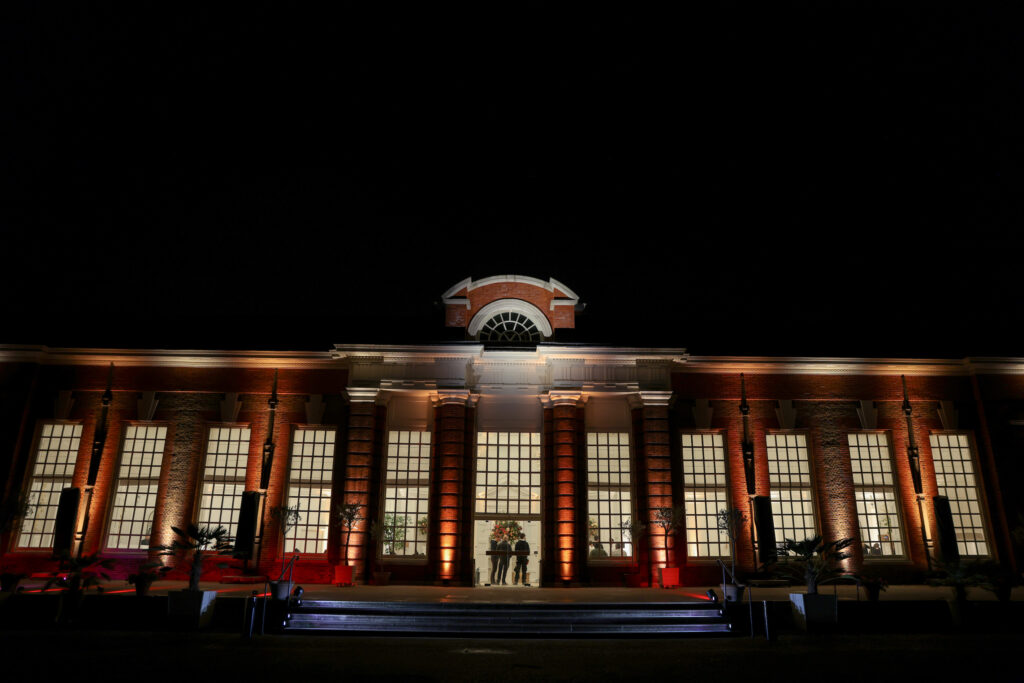
Legacy — Reflections on a Night Like No Other
The evening shimmered with the clink of crystal, soft linens, and convivial laughter. Each swirl revived history, every bottle a time capsule pulling guests back into the storied vintage.
To drink 1945 Bordeaux is to commune with history. Generosity and serendipity transformed the tasting from a mere event to something profound—a collective inheritance to be retold, re-experienced, and revered. Thank you to Arif and his wonderful wife, Kubra, for laying on an evening for the ages!
Lewis Chester DipWSET is a London-based wine & rare spirit collector and writer, member of the Académie du Champagne and Chevaliers du Tastevin, co-founder of Liquid Icons and founder of the Golden Vines® Awards, and Honorary President of the Gérard Basset Foundation, funding diversity & inclusivity education programmes globally. The Golden Vines® 2025 will take place in Miami between 7-9 November 2025, recognising the world’s best fine wine estates. Please register your interest for tickets on the website: liquidicons.com/work/golden-vines-awards

